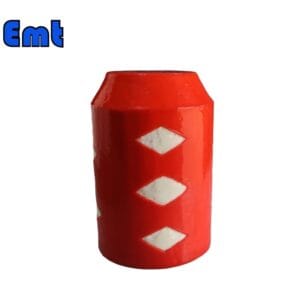
Poly pigs clean and maintain pipelines with their flexible, bullet-shaped bodies. They navigate through pipelines, removing debris, buildup, and obstructions. Here’s how they work:
How Poly Pigs Work
Insertion: Insert the poly pig into the pipeline at a designated entry point.
Propulsion: The pig is propelled through the pipeline by the flow of the product or by using pressure.
Cleaning: As it travels, the pig scrapes and cleans the pipe walls, removing deposits and debris.
Inspection: Some pigs are equipped with sensors to inspect the pipeline for damage or corrosion.
Parameters
| Name | Model | Performance | Technical Parameters |
| Poly Foam Pig | LCQZ | 1. Polyurethane material foams its interior. A polyurethane elastomer coating covers the surface. | Starting pressure: 0.02 MPa |
| 2. Good flexibility and certain wear resistance. | Density: 35 kg/m³~220 kg/m³ | ||
| 3. The deformation amount can reach 50%. | Withstand pressure: 7 MPa | ||
| 4. Used for scrubbing, descaling, and fluid isolation of pipes. | Stretch rate: 320% | ||
| Compression ratio: 50 | |||
| Flex life: 50,000 times | |||
| Attrition rate: 2 mm/100 km | |||
| Operating distance: 100 km~300 km |
| Polyurethane material specification: | ||
| NO. | Factory inspection main indicators | Cup/DISC |
| 1 | 20℃Hardness(SHORE A) | 85±2 |
| 2 | Tensile strength (MPa) | 51.7 |
| 3 | 100%stress at definite elongation (MPa) | 4.8 |
| 4 | 300%stress at definite elongation (MPa) | 9.2 |
| 5 | Tensile set (%) | 780 |
| 6 | Tear strength (KN/m) | 73 |
| 7 | Impact resilience (%) | 32 |
| 8 | DIN abrasion (mm²) | 35 |
Benefits
Poly pigs efficiently clean pipelines by removing buildup without interrupting operations. Additionally, advanced pigs detect corrosion, cracks, and other issues, enhancing inspection capabilities. They also reduce the need for chemicals and manual cleaning, making the process more cost-effective. By using poly pigs, operators can maintain pipeline integrity and extend the lifespan of the infrastructure. Furthermore, these devices improve safety by ensuring pipelines remain free from obstructions. Overall, poly pigs offer a reliable and economical solution for pipeline maintenance.
Types
Foam Pigs: Made of foam, suitable for light cleaning and drying.
Steel Mandrel Pigs: More robust, with replaceable components for heavy-duty cleaning.
Brush Pigs: Equipped with brushes for more abrasive cleaning tasks.
Their Considerations
Material Compatibility: Choose pigs made from materials compatible with the pipeline and the substances within.
Pipeline Size: Ensure the pig fits the diameter of the pipeline.
Pressure and Flow: Adjust pressure and flow rate to propel the pig effectively.
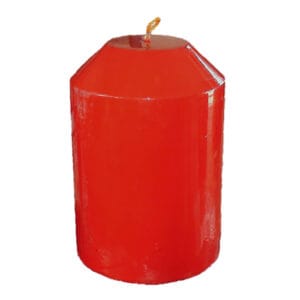
Poly Pigs for Cleaning Pipes
Specialized tools known as poly pigs, constructed from polyurethane foam, extensively clean and maintain piping systems. Users value these tools for their versatility, efficiency, and cost-effectiveness. Furthermore, poly pigs are adaptable to various pipe diameters and types, making them suitable for a wide range of industries, including oil and gas, water treatment, and food and beverage.
The core material of poly pigs is flexible polyurethane foam, which enables them to easily navigate bends and fittings within pipelines. Moreover, this flexibility, combined with different levels of abrasiveness—from soft foam for delicate surfaces to harder foam for more aggressive cleaning—allows for effective removal of dirt, scale, and other deposits. Consequently, this ensures optimal flow and reduces the risk of blockages, which is critical for maintaining pipeline efficiency.
Features
Poly pigs are not only effective but also economical. They provide a low-cost alternative to chemical or mechanical cleaning methods. The variety of available densities and coatings makes them suitable for a broad spectrum of cleaning tasks, from drying and light wiping to heavy-duty scrubbing. Depending on the specific needs of a pipeline, the appropriate type of poly pig can be selected to handle the job efficiently.
The process of using poly pigs involves inserting them into the pipeline via a pig launcher. A pig launcher is a device designed to introduce the pig into the line. Usually people propel the pig by the product flow or an external force like water or air. Then the pig travels through the pipeline. As it moves, the pig conforms to the shape of the pipe, scraping and absorbing debris along the way. Upon reaching the other end of the pipeline, the pig and the dislodged debris are removed at a pig receiver.
Regular use of poly pigs is recommended to maintain pipeline efficiency and prevent the accumulation of residues that could lead to operational issues. Before using a poly pig, it is essential to ensure compatibility with the pipeline material and the transported product. Selecting the right pig—considering its density and coating based on the cleaning requirements and debris nature—is crucial for achieving the best results.
In conclusion, poly pigs are an indispensable maintenance tool for pipelines, offering an efficient and cost-effective solution for keeping pipes clean and operational. Their adaptability across various industries and ability to handle different cleaning tasks make them a preferred choice for pipeline operators globally. Whether for routine maintenance or specific cleaning needs, poly pigs provide excellent results, helping to ensure that pipelines remain in optimal working condition.


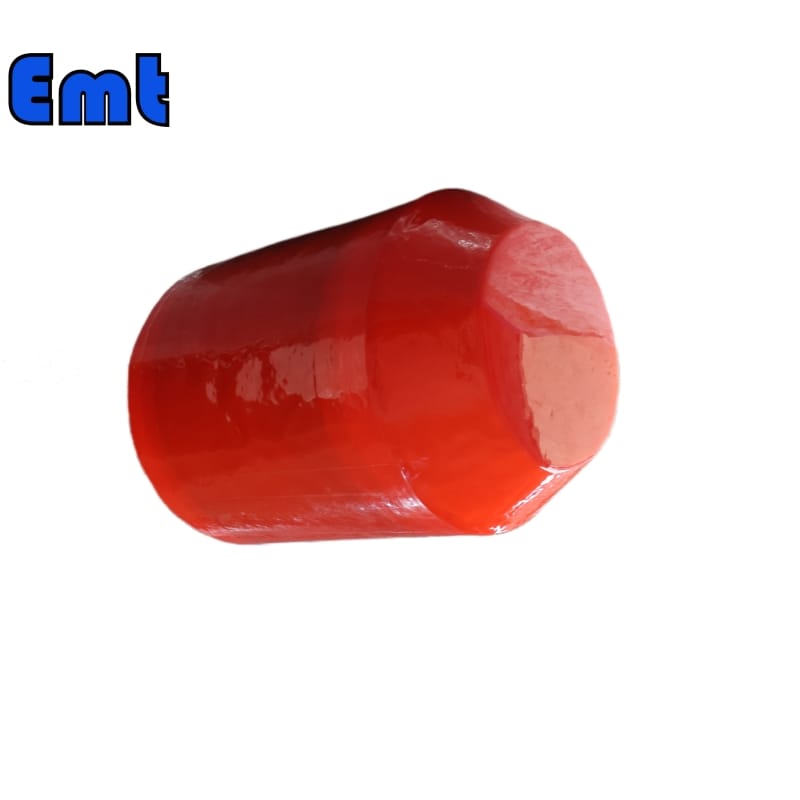
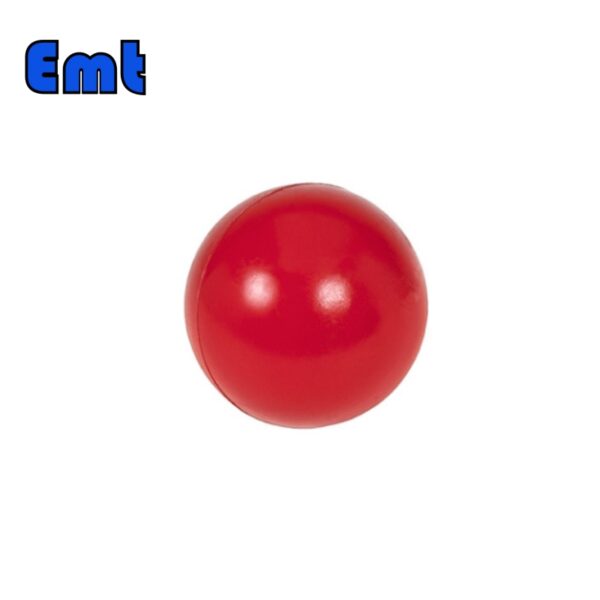
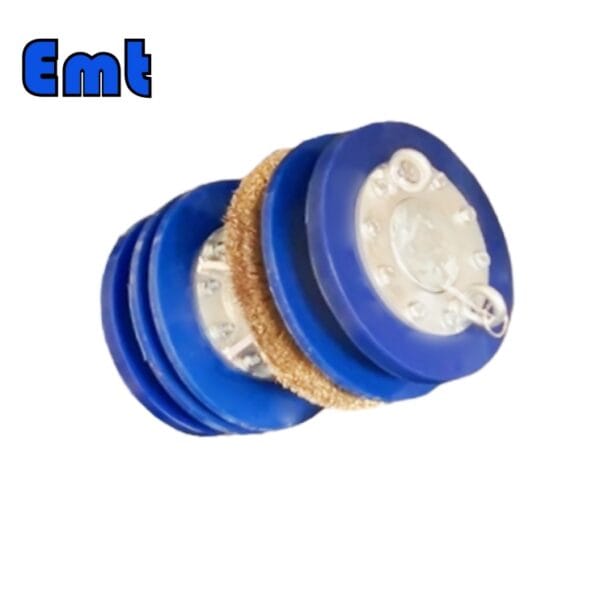
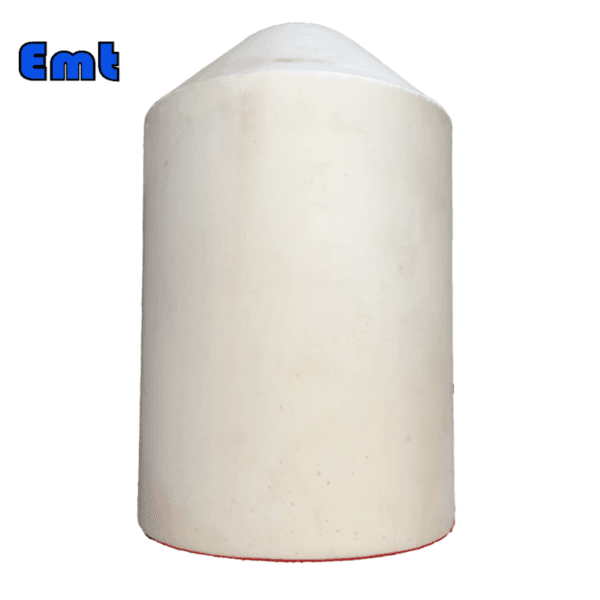
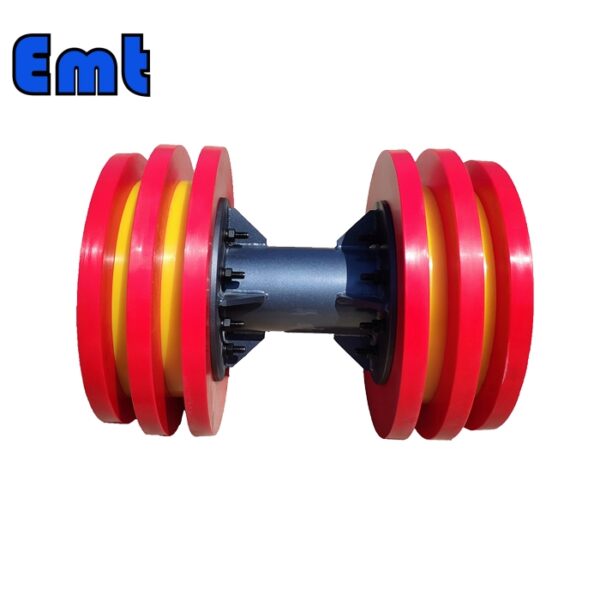
There are no reviews yet.